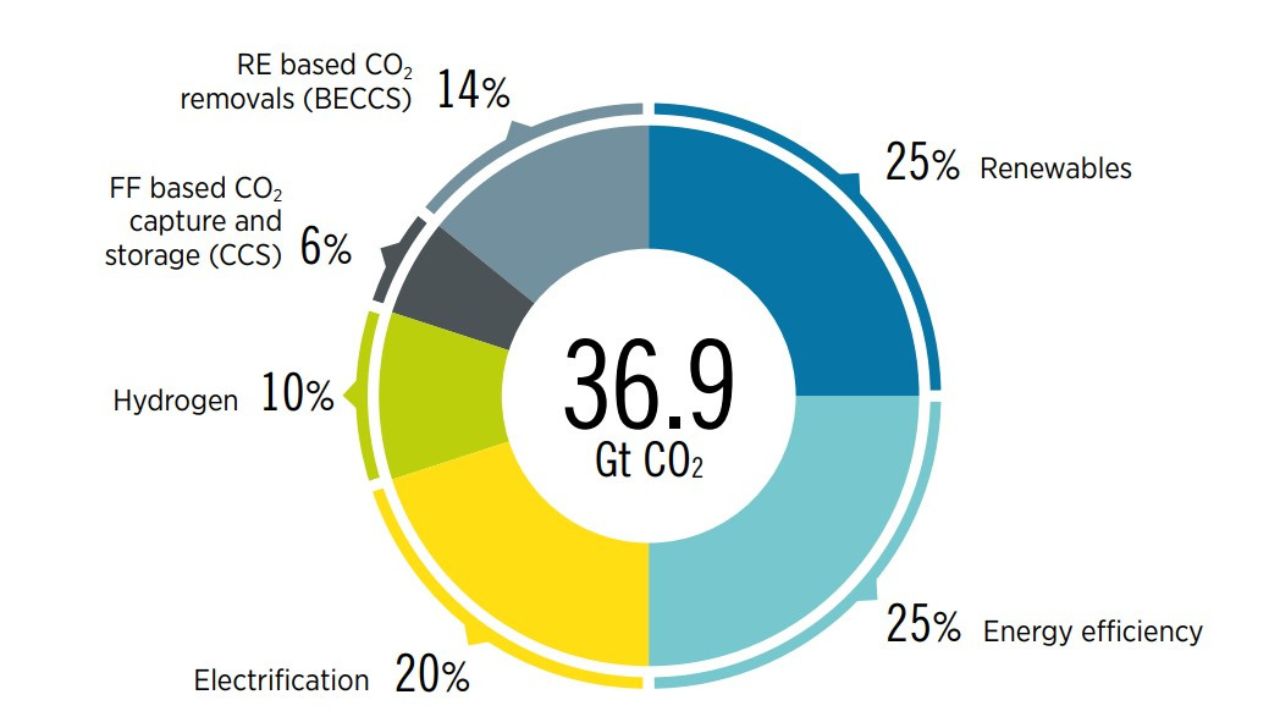In January, the U.S. witnessed a downturn in crude oil production, plunging to 12.5 million barrels per day (bpd), a 6% decrease from the previous month’s record highs.
Frigid temperatures and severe weather conditions disrupted operations, causing significant setbacks in output levels.
The Lone Star State, renowned for its oil prowess, saw its crude oil production diminish to 5.4 million bpd, marking a 5% decline from December.
North Dakota experienced a substantial setback, with production plummeting by nearly 13% to 1.1 million bpd.
Regional Ramifications and Market Disruptions
The winter storm’s impact extended beyond production to disrupt refining capacity in key oil regions such as Texas. The adverse weather conditions prompted widespread operational challenges and production cuts across major oil-producing states.

North Dakota bore the brunt of the storm’s fury, witnessing a stark 50% reduction in oil production to between 600,000 bpd and 650,000 bpd, as confirmed by the state’s pipeline authority.
Before the weather-induced disruptions, states like Texas and New Mexico boasted record-high production levels in December.
Market Response and Energy Sector Volatility
Alongside the slump in crude oil production, the freezing weather in January caused a contraction in motor fuel consumption.
Gasoline product supplied plummeted to 8.2 million bpd, reaching its lowest level in two years, reflecting the broader market turbulence.

The energy sector experienced a significant downturn in gross natural gas production across the U.S. Lower 48 states, contracting by approximately 3.6% to a record low of 114.1 billion cubic feet per day (bcfd).
States like Texas and Pennsylvania faced substantial declines in monthly output, underlining the widespread impact of adverse weather conditions on energy markets.
